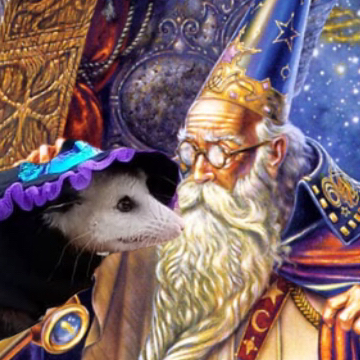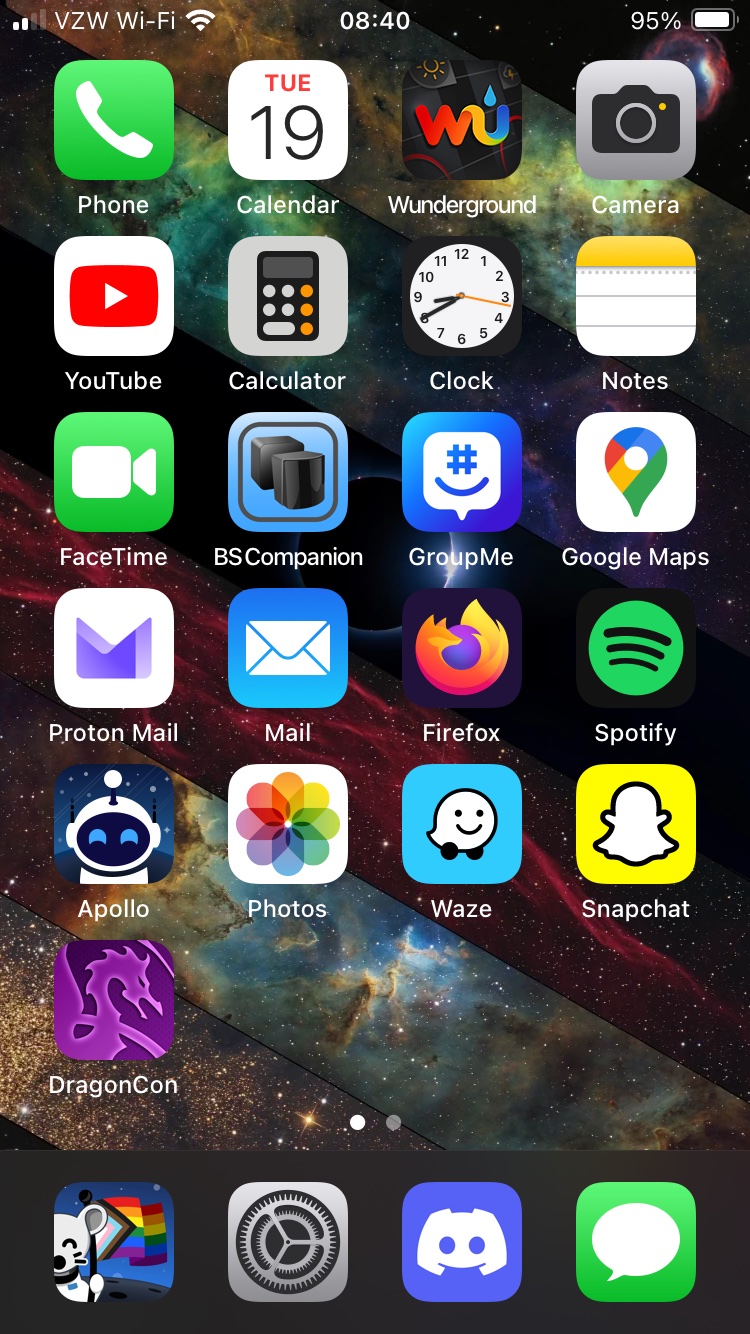- 27 Posts
- 54 Comments

 3·2 months ago
3·2 months agoIt’s a great pic

 28·2 months ago
28·2 months agoeasy explanation

It’s the fun criss cross your nerves do before they go into your arm, and is the bane of first year med students everywhere


I host em with the Ancients of VRChat group (ancient meaning just adults in the game)
It’s now on our ever growing backlog!
Nearly every Friday night for the last 3 years I’ve done bad movie night with friends in vrchat. This week it’s Slaughter Day (followed immediately with a good movie, Team America)
Two weeks while backpacking in New Mexico (unless you count getting rained on every day as a shower)

 8·3 months ago
8·3 months agoI know a few attendings that use it for dictation. It’ll record the entire convo with the patient, plus whatever the doc dictates to it, and by the time they’re out of the room a note is typed up in the right format they wouldn’t have to stare at the computer the whole visit. According to them it’s a lot more time efficient to have it dictate the notes and double check them at the end of the day, versus typing something up after every patient. It is approved by the hospital and integrated directly into the EMR, so I guess it’s HIPAA compliant
I truly hope the starship program succeeds just so he can fuck off to mars already

 2·4 months ago
2·4 months agobrb gonna post space pics to onlyfans now

 141·4 months ago
141·4 months agoship loses attitude control and burns up on reentry
Welcome back, starship flight 3
Lmao that scope is backwards
Cocaine Bear sequel gonna be amazing

 2·5 months ago
2·5 months agoHe’s my pride and joy
I’m left handed
Every store needs a man zone







Opossums have 13 nipples